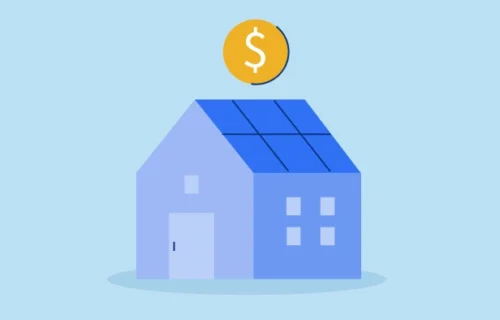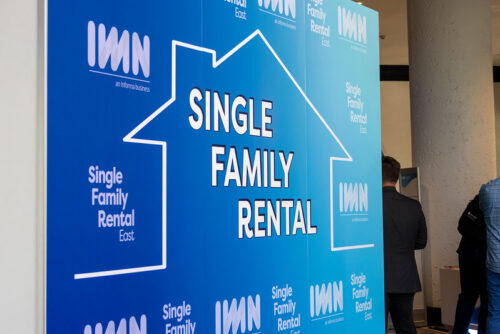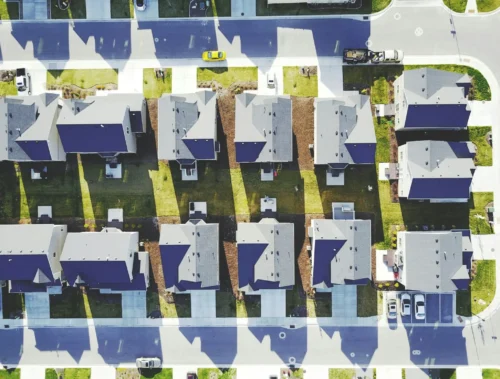
Connect with a Lima One expert today!
If you’d like to know more about this topic or see how it applies to your project, let’s talk.
Single-family rentals continue to be a recession-proof industry
Despite global pandemic, Single-Family Rental Industry flourished
The Single-Family Rental industry has a history of coming out on top even during the leanest of economic times.
2020 wasn’t any different.
That’s not a surprise when you consider the history of the SFR market. It popped onto the market in 2008—referred to then as Foreclosure-to-Rental—in the wake of the great Housing Crisis. At that point, it was considered a “recession-proof industry.” In the December 2020 edition of REI Ink, Adam Stern explained why:
The rationale made sense too. It was widely proposed that SFR would do well during economic expansion as higher income values would push many to rent as homes became less affordable to many, including cash-strapped millennials with high college debt, and at the same time create good returns for SFR portfolio owners as equity in homes increased creating the opportunity to leverage that equity to foster expansion.
Stern went on to explain the market for SFR purchases has proven to remain strong in a shaky economy where wages are stagnant and unemployment is high. A struggling economy would allow SFR investors “to reap the benefits of lower home prices and higher returns,” Stern wrote. What does that mean for from the SFR market in 2021? Here are a few trends we’re watching:
- Low interest rates—With historically low interest rates, many first-time homebuyers have taken the plunge. At Lima One, we’ve also seen a huge appetite for investors to refinance their portfolios to lock in long-term low rates.
- Flight to the suburbs—One of the results of COVID-19 lockdowns saw many renters decide they needed a yard, or at least a home office. That has led to more desire for SFR rentals over apartment rentals, which in turn has pointed renters further away from city centers. This move to the suburbs has been a boom to SFR rent rates.
- Build to rent—With low inventory, many investors are building homes with the intention of holding them in their portfolio. Obviously, investors need different expertise to build a home than to manage a portfolio. These two strategies use different property financing structures as well—interest-only short-term loans for the construction period, and then long-term financing for the hold portion.
- Eviction moratoriums—With a new administration coming into power in January 2021, it appears that eviction moratoriums may persist for a few months (or more). This means SFR investors need to ensure that they can cash flow property needs even without rents in some cases. The need for cash reserves, then, is strong, at least until COVID shutdowns wane and the housing market finds its new normal.
Want more insight? Check out our webinar where Lima One’s Nathan Trufino and Roofstock’s Mark Woodling share an SFR-specific market preview and insights to help you succeed in 2021.
Subscribe for More Insights
Get the latest industry news & Lima One updates.









